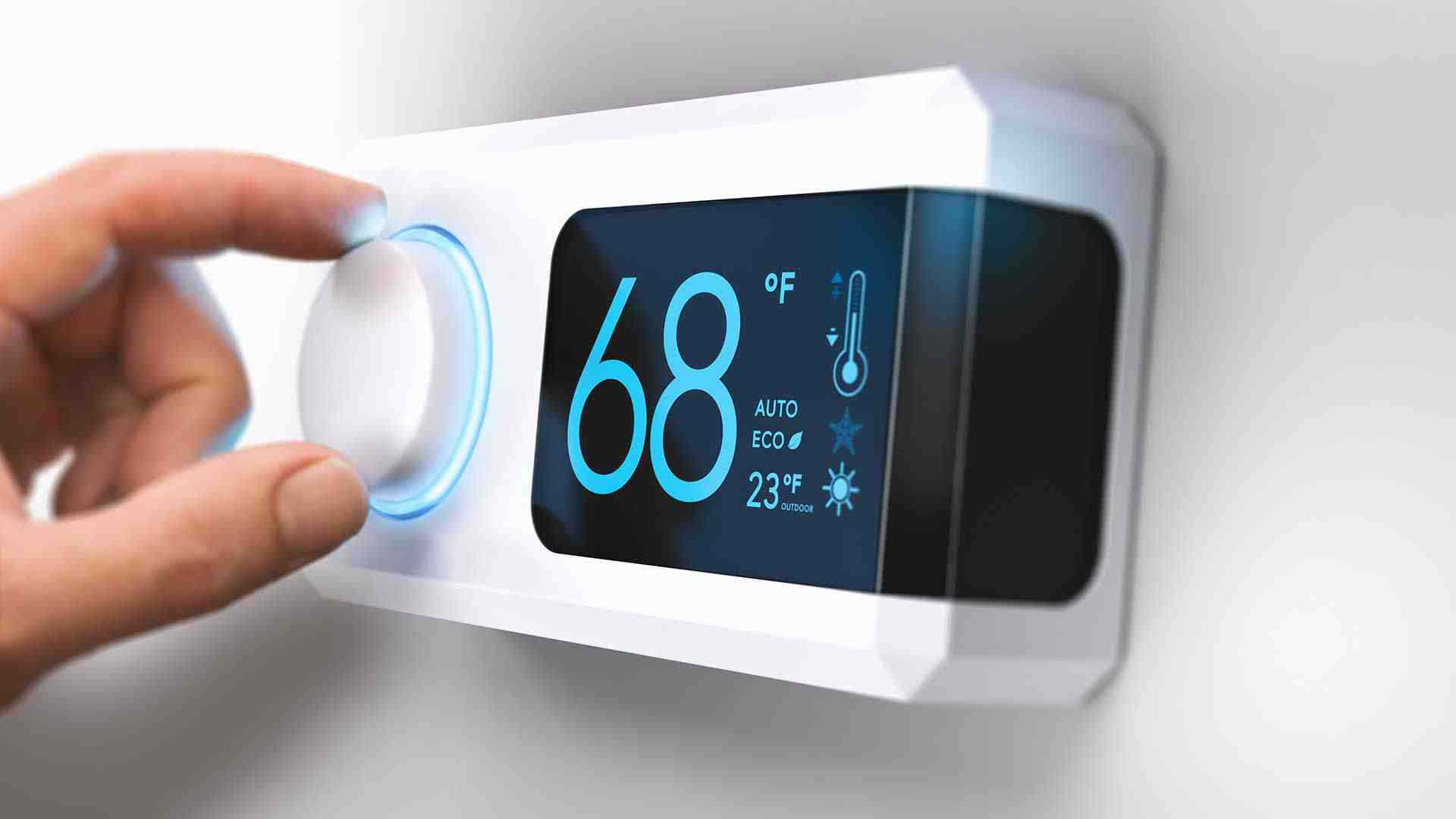Smart Buildings: Using Printed and Organic Electronics to create Sustainable Spaces
Printed and organic electronics enable a wide range of sustainable applications in smart buildings with the market predicted to grow to $73.43 billion in 2027.

Director of Market Strategy
(he/him)

Printed and organic electronics are already used for a wide range of applications in smart buildings and in a recent report, IDTechEx1 predicts the market will grow from $29.28 billion in 2017 to $73.43 billion in 2027.
In a smart building, technology allows residents to live or work productively (e.g. have good communications, efficient office spacing, good lighting, physical security) at the lowest cost and environmental impact over the building’s lifecycle2. Buildings have evolved from plain accommodation to technologically advanced constructions and hundreds of elements are considered when creating a modern house or “Smart Building” today. Many of these elements can be made using traditional, silicon-based electronics, but many can be enhanced and specialised using printed or organic electronics, especially where space is an issue.

One area of use for printed electronics is within beacon systems, systems with small devices (beacons) that constantly send out radio signals containing small amounts of data, to nearby smartphones and tablets. The beacon could be made up from a printed or organic photovoltaic cell that harvests energy from light from inside the room which powers Bluetooth circuit. These types of sensors and Bluetooth emitters can be used to direct someone entering the building to the right apartment, office, shop or in a carpark back to their car.
Small, printed, flexible sensors could also be built into chairs and seats to check occupancy for efficient office planning, and correct seating to help with healthy posture. A small sensor in a sick or elderly person’s bed could monitor movement, body temperature, weight and occupancy, giving important information to caregivers and enabling the patient to stay at home instead of in a hospital.
Lighting is also important in any building, and flexible organic light-emitting diodes (OLEDs) have the potential to be integrated into almost any compartment and allow for ultra-thin, flexible or conformable, lightweight sustainable lighting solutions that can be made in any shape or size.
Printed and organic electronics can also enable solutions for energy harvesting, an arrangement of devices that can scavenge, store and transmit energy sources that would otherwise have simply been lost. One example is organic photovoltaic power systems that could be integrated into buildings3: building integrated photovoltaic devices. These devices will enable windows of the future to not only generate their own solar power, contributing to the sustainability of smart buildings, but also provide greater thermal control.

The promise of printed and organic electronics in sustainable smart buildings lies within the ability to manufacture large volumes to keep the cost of each device down. When this is achieved these kinds of electronics can be used everywhere in a smart building. However, today many companies and researchers working on innovations in this field become stuck in “the valley of death”; the point of no return from which many new ideas going through the innovation process fail to progress. This gap typically occurs at the point where a conceptual idea needs to be validated, and the equipment and processes needed for production need to be procured.

It is at this stage that independent innovation centres such as the UK’s Centre for Process Innovation (CPI) can support companies on their way forward. This includes advice on more industry applicable materials for formulation, on how to print deposit material better or helping them with the whole ecosystem for upscaling and validation. An innovation centre can help to take innovations from idea to commercialisation through funding, lab space, specialist help and a network of partners.
Thus, the challenge for printed and organic electronics to be used in sustainable smart buildings is to prove that they are more flexible and conformable and cost-efficient than conventional electronics. To do this we not only need a critical mass of companies developing these techniques but also the opportunity for these companies to test their devices on the market. As in any new market, early adopters, who are ready to try out new products before others and are willing to pay more for the product than later adopters, are needed to provide feedback about product deficiencies and upgrades required.
Once printed and organic electronics are mass produced and cost-efficient, there is really no limit to how smart we can make buildings. From directing your guests to the right floor, telling you when you need to buy milk, indicating your posture is wrong, alerting when it is time to re-fill your prescription, or keeping temperature and lighting correct for all hours of the day, the only limit is your imagination.
This article first appeared on the OPE Journal
References
- Printed, Organic & Flexible Electronics Forecasts, Players & Opportunities 2017 – 2027 — IDTechEx
- What is a Smart Building? — Building Efficiency Initiative
- A. E. Ostfeld and A. C. Arias, “Flexible photovoltaic power systems: integration opportunities, challenges and advances,” Flexible and Printed Electronics, vol. 2, iss. 1, p. 13001, 2017.
Enjoyed this article? Keep reading more expert insights...
CPI ensures that great inventions gets the best opportunity to become a successfully marketed product or process. We provide industry-relevant expertise and assets, supporting proof of concept and scale up services for the development of your innovative products and processes.